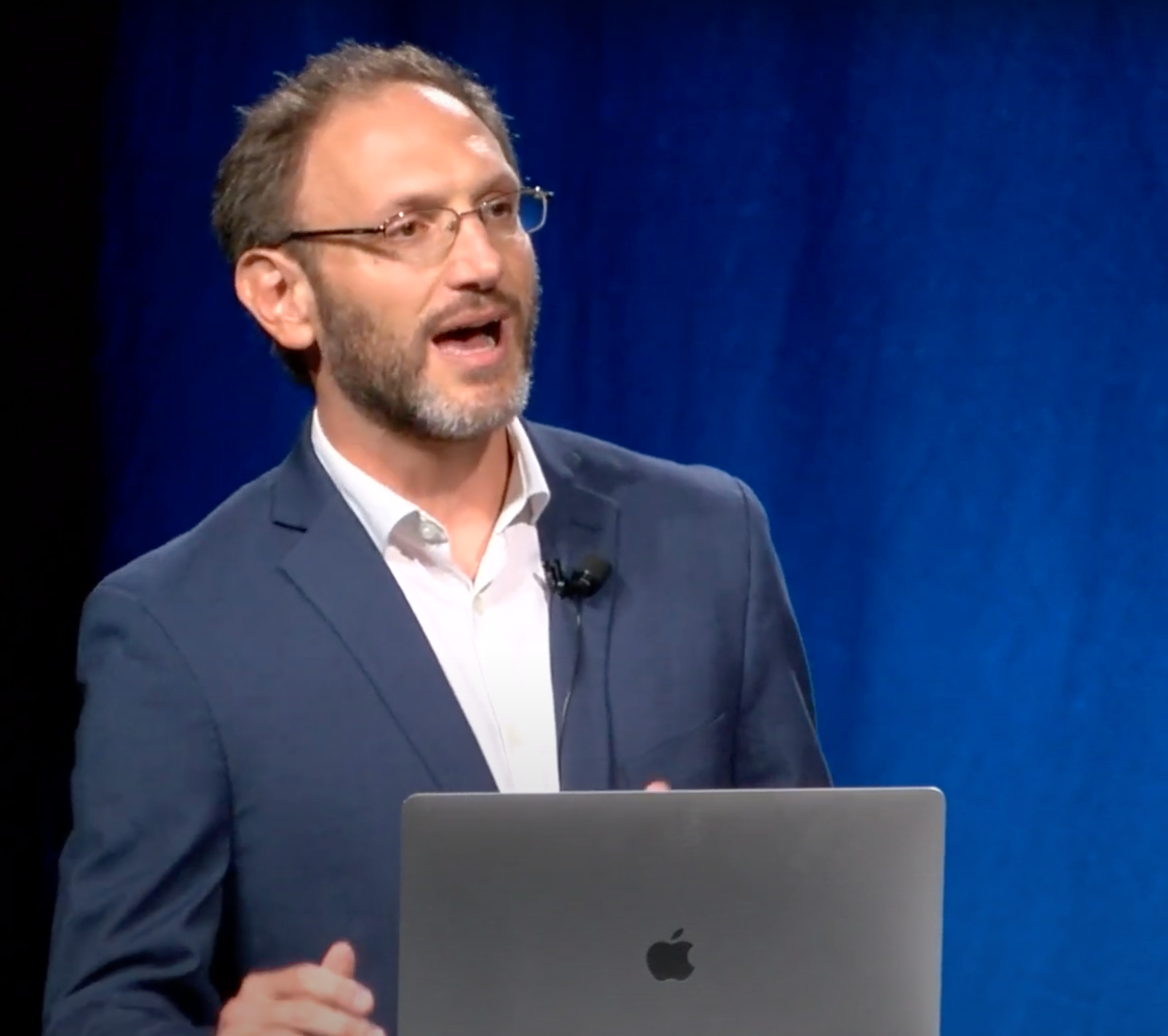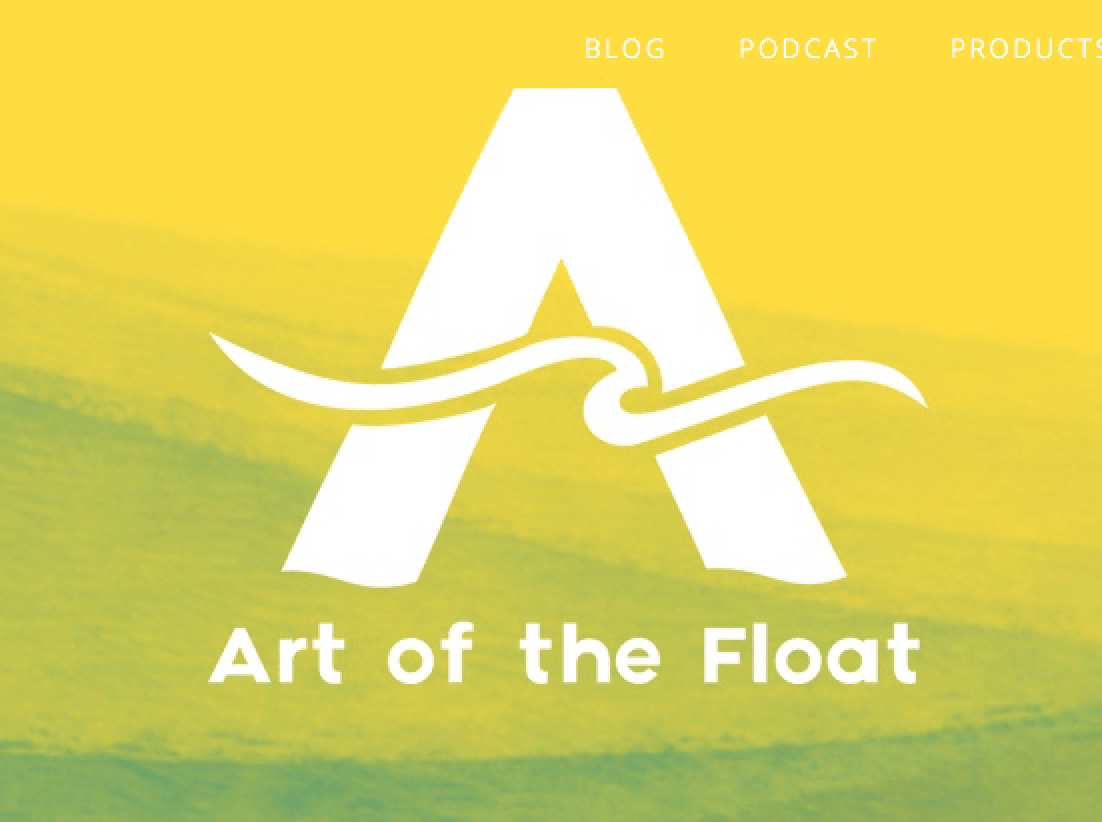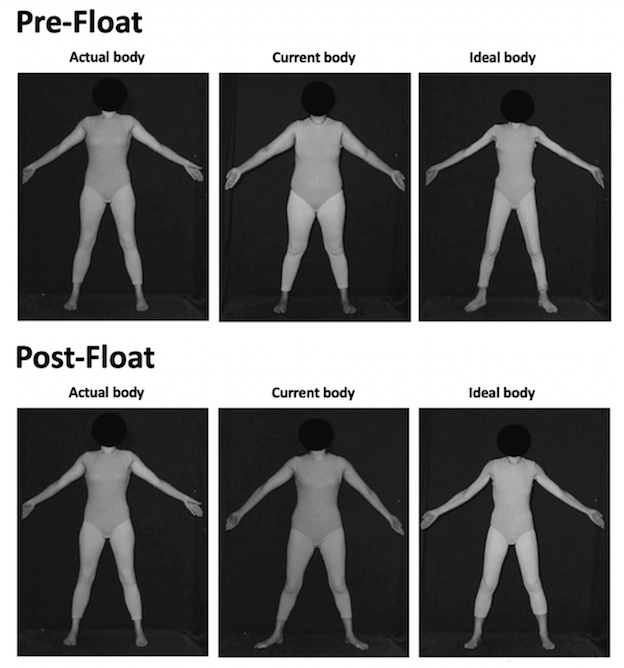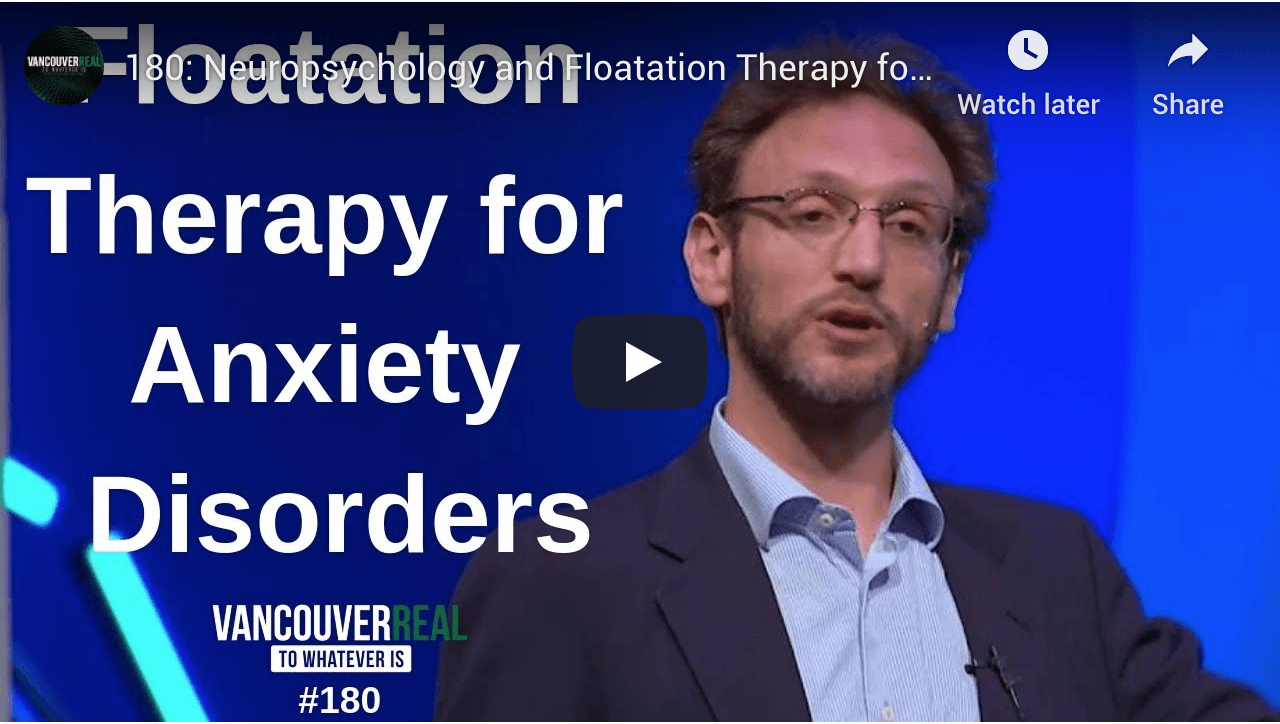Self -Centering in Round Float Pools
Why use round pools for clinical floatation?
When a floater is properly relaxed, there is no movement apart from breathing.
Breathing inflates the lungs, of course, and this increases buoyancy a little so the chest rises a little in the solution when breathing in and falls a little when breathing out.
This regular movement sends tiny waves or ripples out from the body and the waves bounce off the sides.
The returning waves cause a gentle self-centring effect. This happens in any pool but in square shapes there is a lot of interference. In a round Open Float Pool or Floataround, the waves tend to return focussed toward the center and the effect is maximised.
This is one reason to choose a circular pool. This is why Dr Justin Feinstein chose both an Open Floataround and an enclosed Floataround designs.
If the floater moves even a little the swimming effect takes over, self centering is a subtle force. But when relaxed a floater is completely motionless and the effect is useful to keep away from touching the sides.











